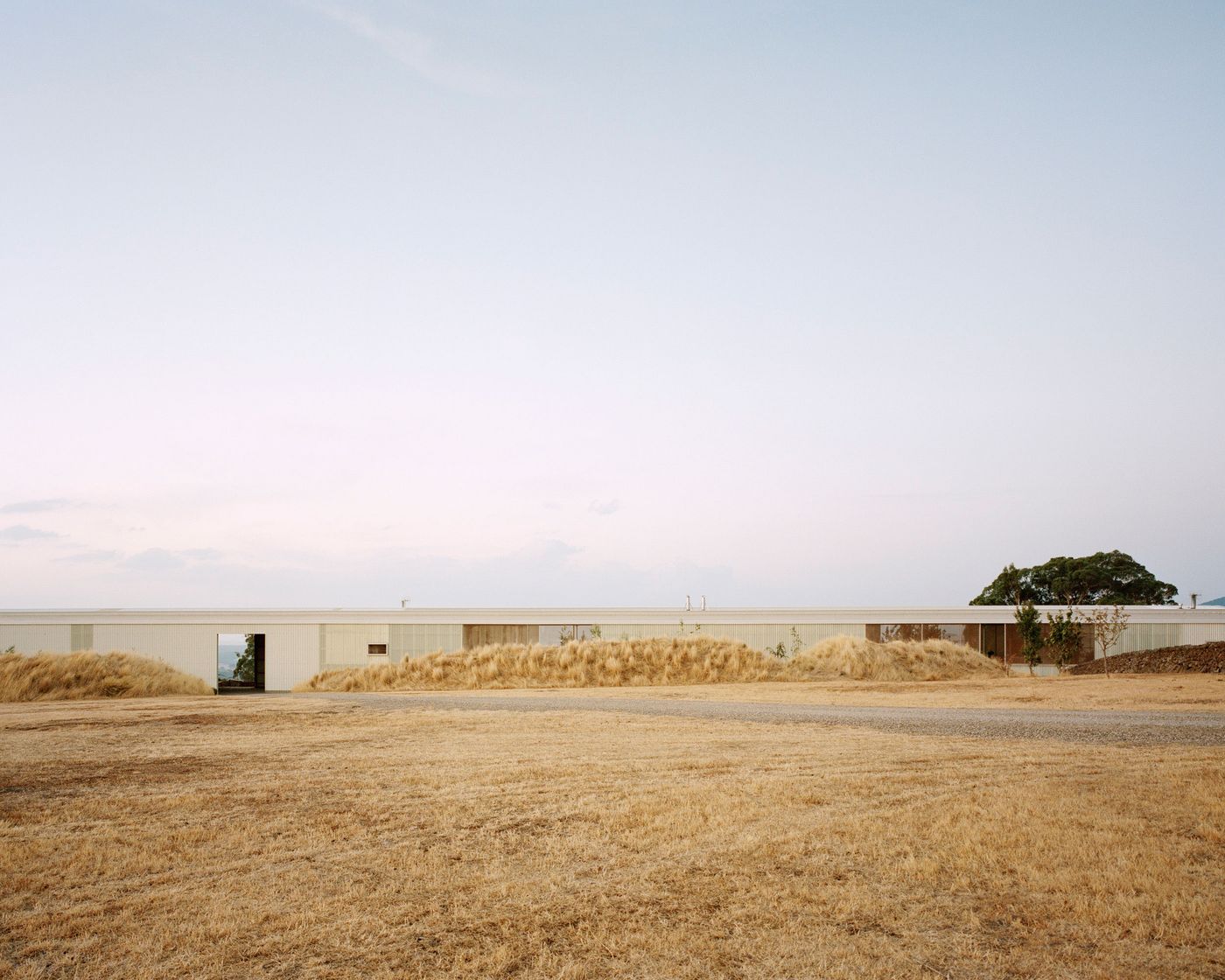
The Longhouse: Living, Working and Entertaining under the Same Roof in Rural Australia
Words by Yatzer
Location
Daylesford, Australia
The Longhouse: Living, Working and Entertaining under the Same Roof in Rural Australia
Words by Yatzer
Daylesford, Australia
Daylesford, Australia
Location
Sitting atop a low hill amid vast plains and bushland in central Victoria, Australia, the “Longhouse” is the brainchild of co-founder of Studio Ongarato, Ronnen Goren, and Trace Streeter who fell in love with the 20-acre property for its captivating views of Daylesford, Hepburn Springs and Mt Franklin. Containing a boutique farm, garden kitchen, cooking school, reception venue and private residence, the 110-metre long monolithic building was designed in collaboration with Ronnen’s close friend, architect Timothy Hill, founder of Hobart-based practice Partners Hill, as a unique ecosystem of agricultural and hospitality activities that serves the couple’s requirements for living, learning and entertaining, as well as nurturing animals and growing fresh produce.
The property’s untamed beauty belies a hostile natural environment so the idea of a shed-like container for housing the couple’s concept of rural life arose as a response to the challenges that they would be facing: extreme temperature variations, multi-directional strong winds, sporadic rainfall and ravenous local wildlife. On a conceptual level, the configuration of having every activity under the same roof also reflects the convergence of Ronnen and Trace’s interests in food, family and design. As Timothy explains, “the Longhouse recalls a Palladian tradition including living, working and storing rather than referring to the Australian habit of casual dispersal”. The team's unique architectural approach has earned the project the Robin Boyd Award for Residential Architecture, the highest award in Australian architecture.
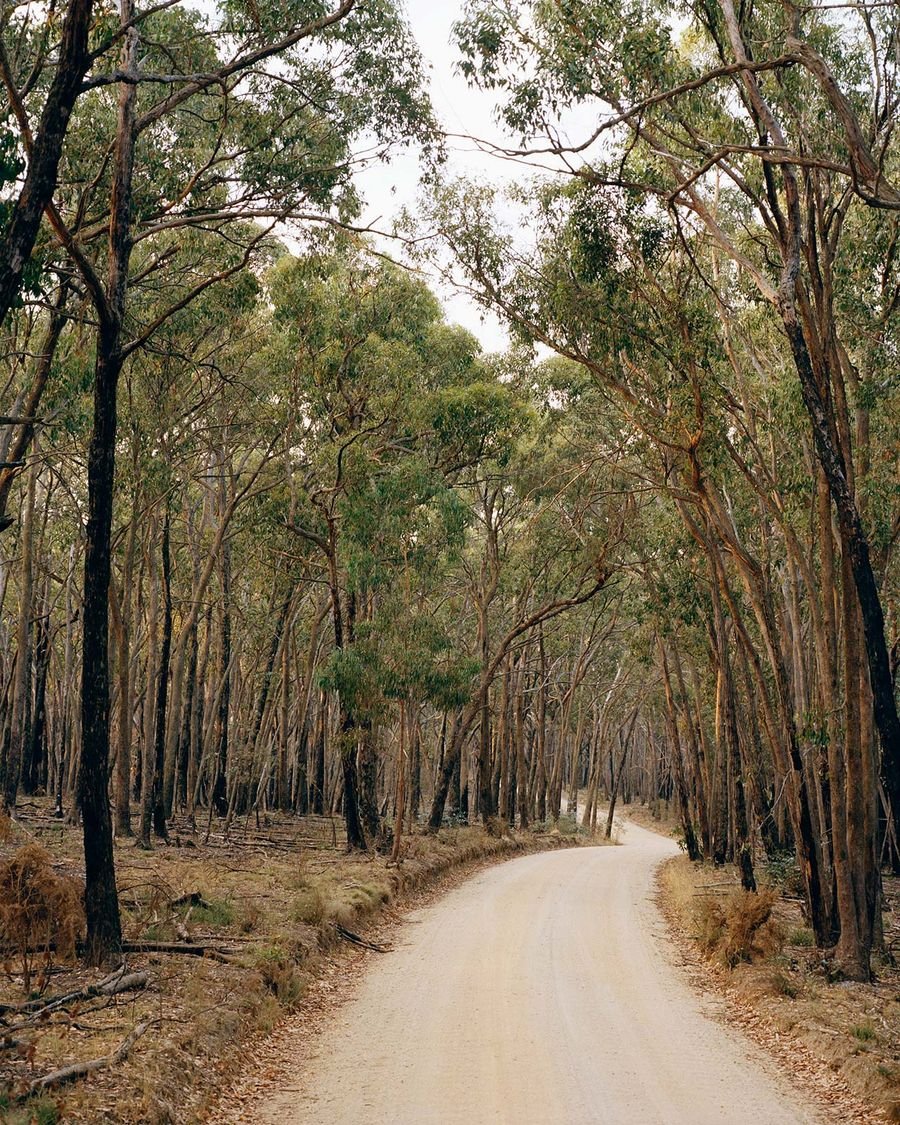
Photo by Rory Gardiner.
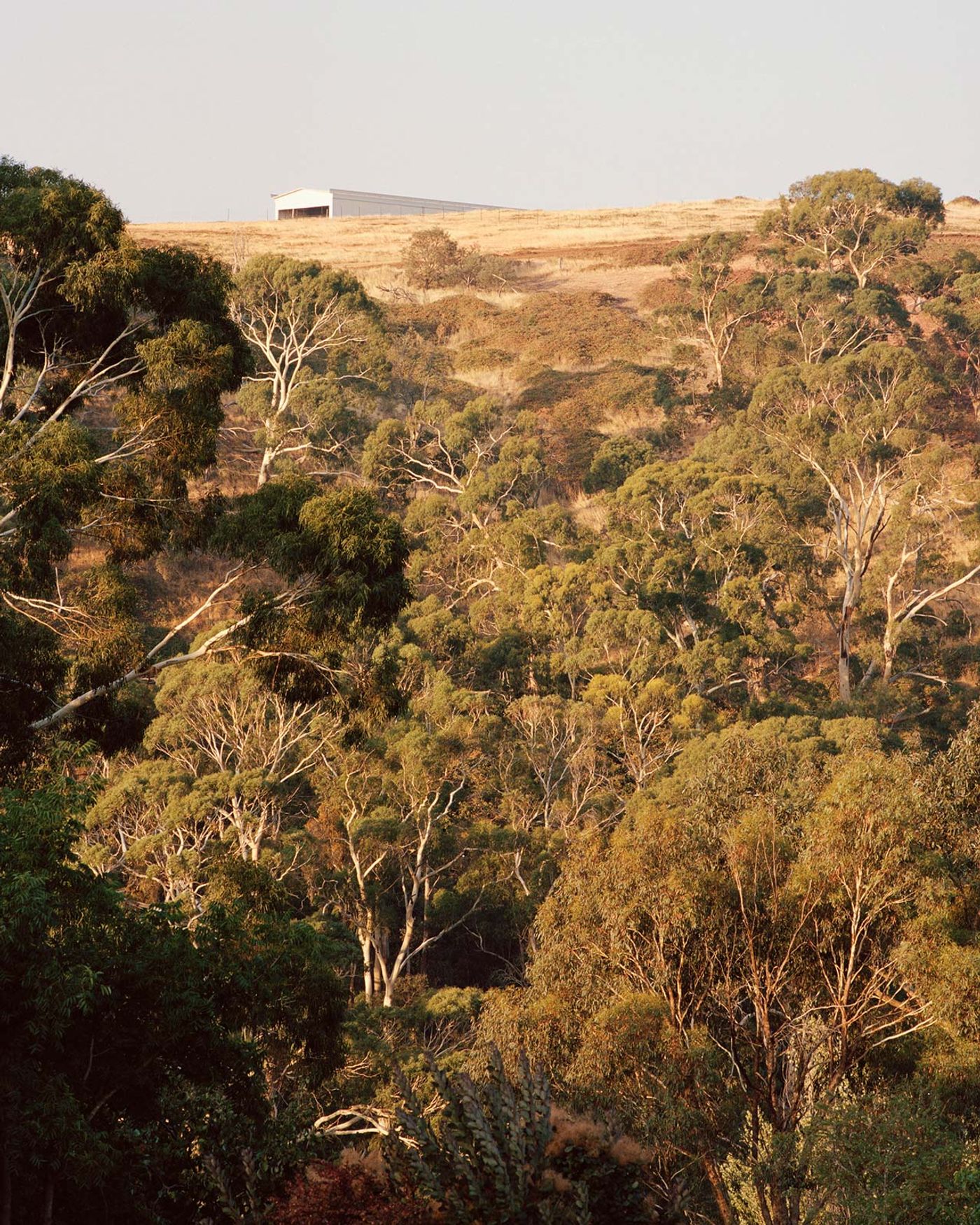
Photo by Rory Gardiner.
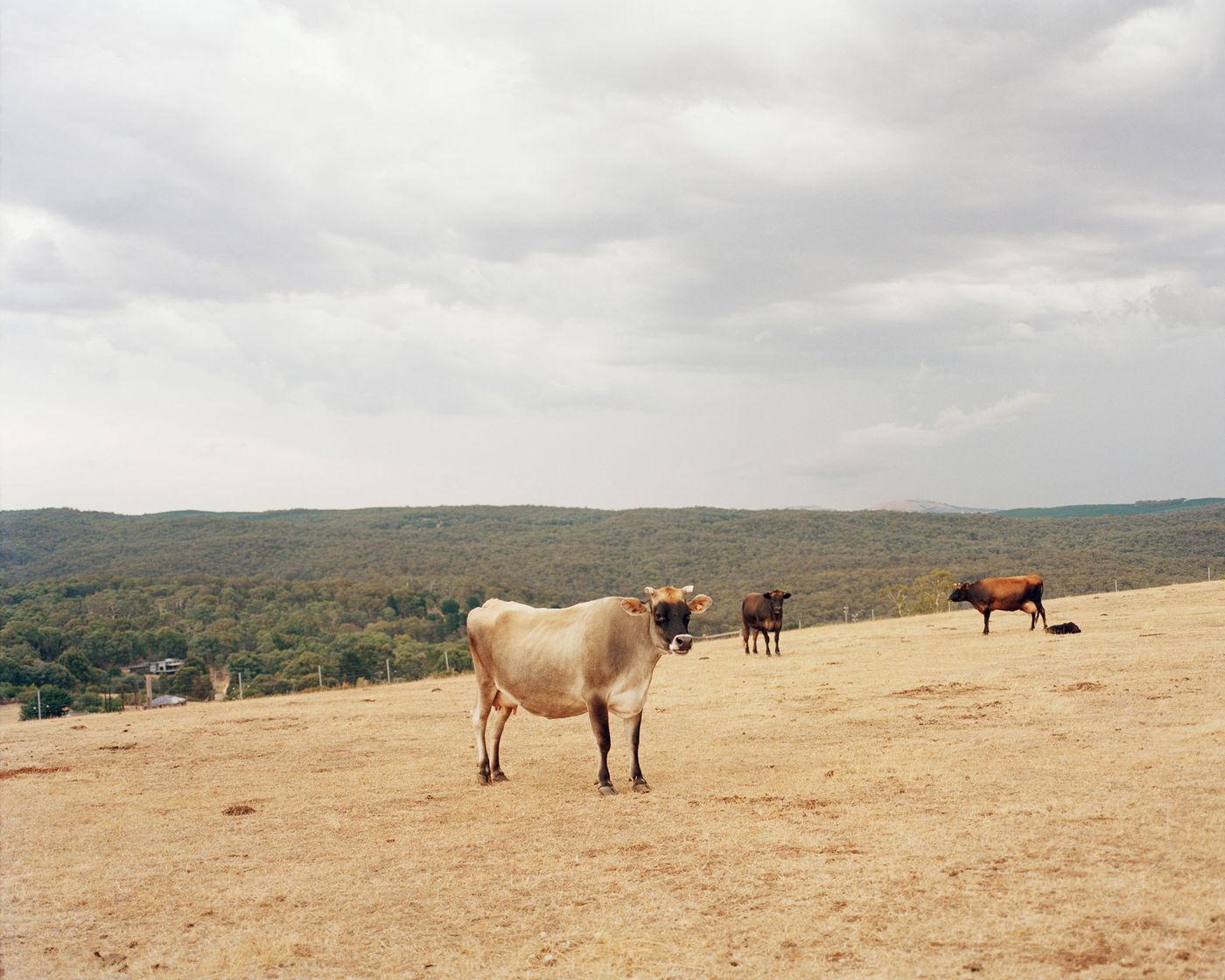
Photo by Rory Gardiner.
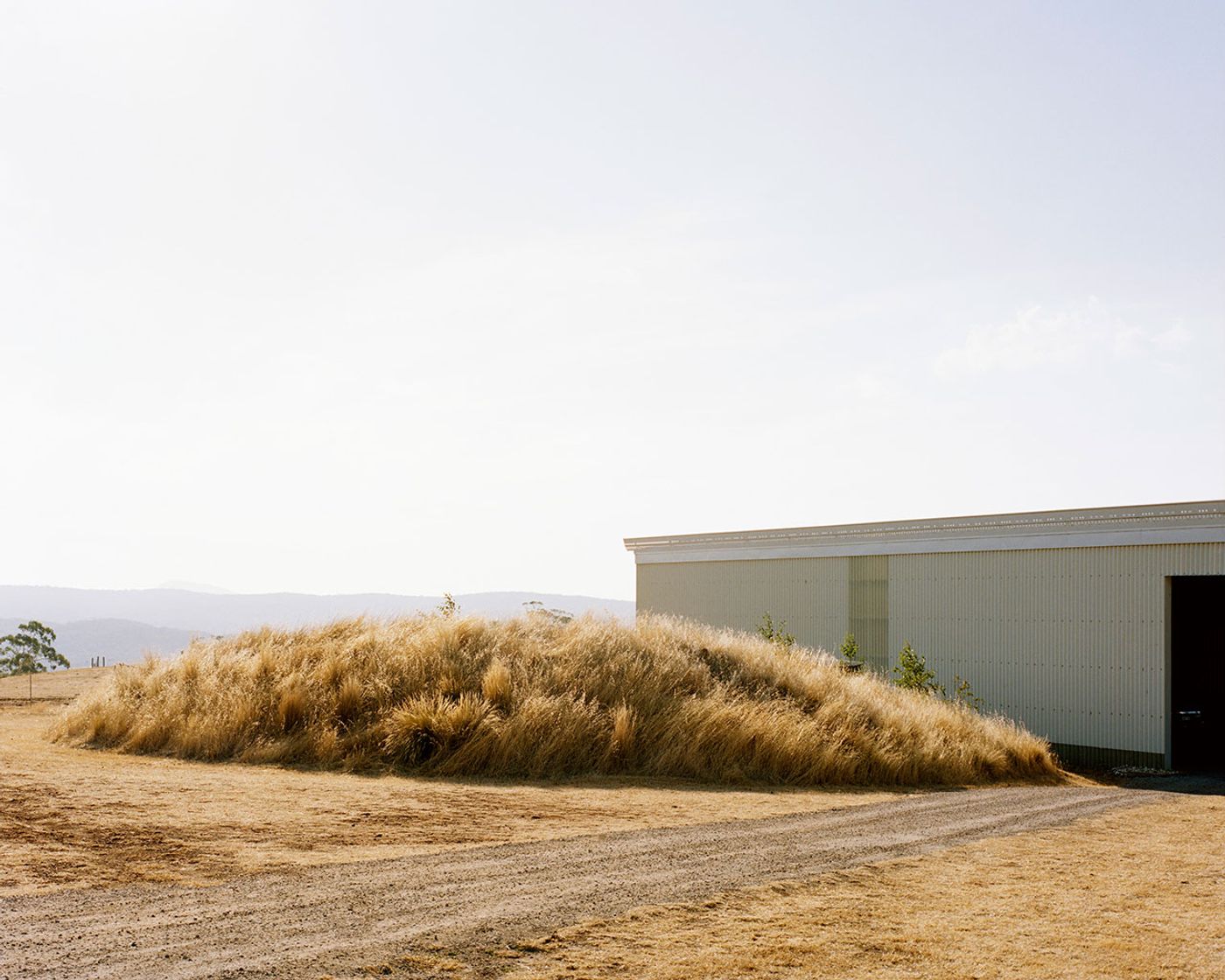
Photo by Rory Gardiner.
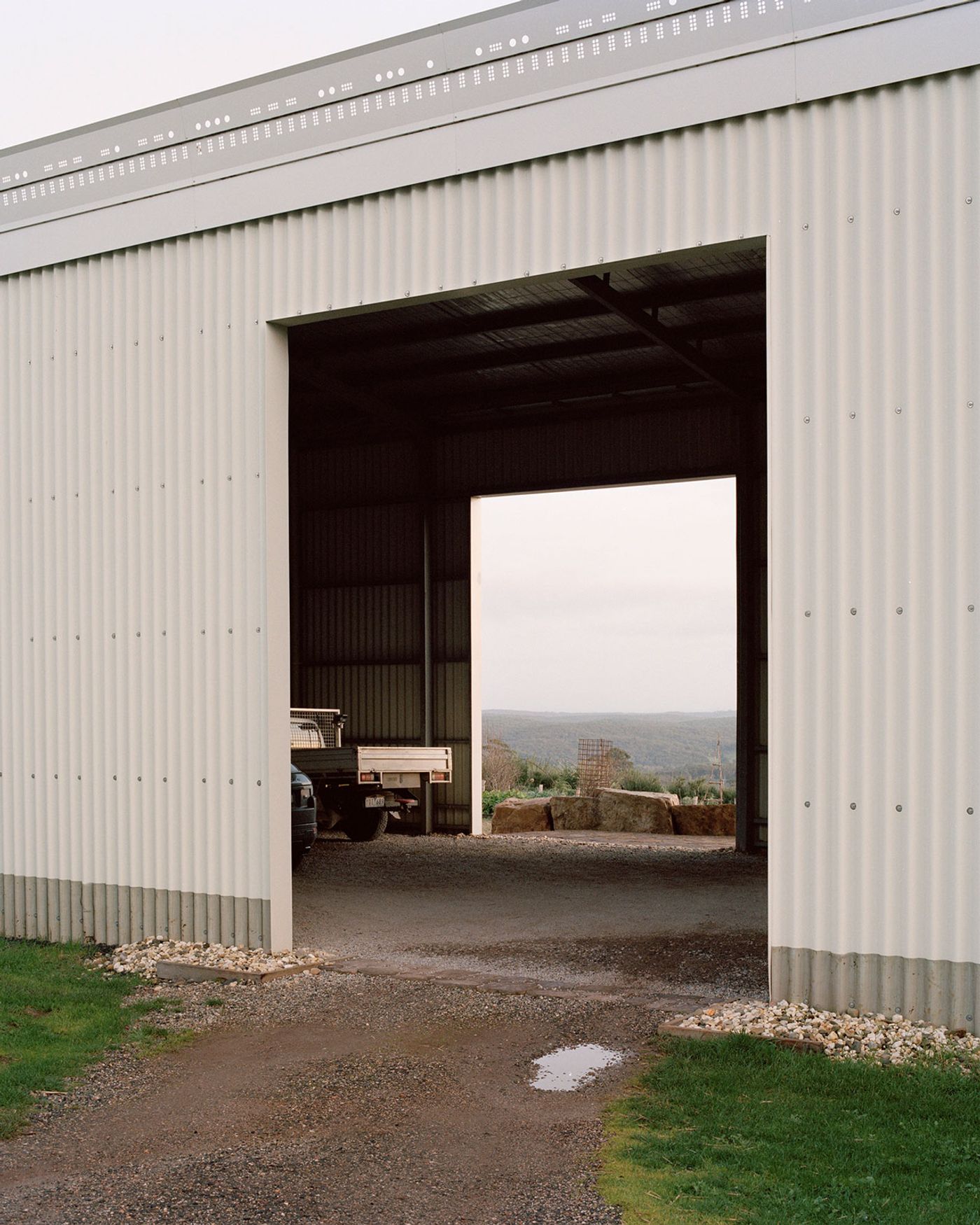
Photo by Rory Gardiner.
Entering through the garage, which along with farm and storage facilities is housed on the west side of the building, the industrial, tractor and machinery-filled space gives no hints to the verdant oasis that awaits on the other side of a set of barn doors. The lush garden, complete with planting beds, climbing vines and trees, extends between “The Stableman’s Quarters” which is used as a guest house and “The Lodge”, Ronnan and Trace’s residence. The shed’s immense volume is modulated by smaller timber and brick insertions such as the kitchen and cooking school enclosure, and the bathhouse and lookout pavilion. As Timothy says, the configuration allows the owners “to live and work from home where they can host guests and run a working farm, salon and cooking school”.
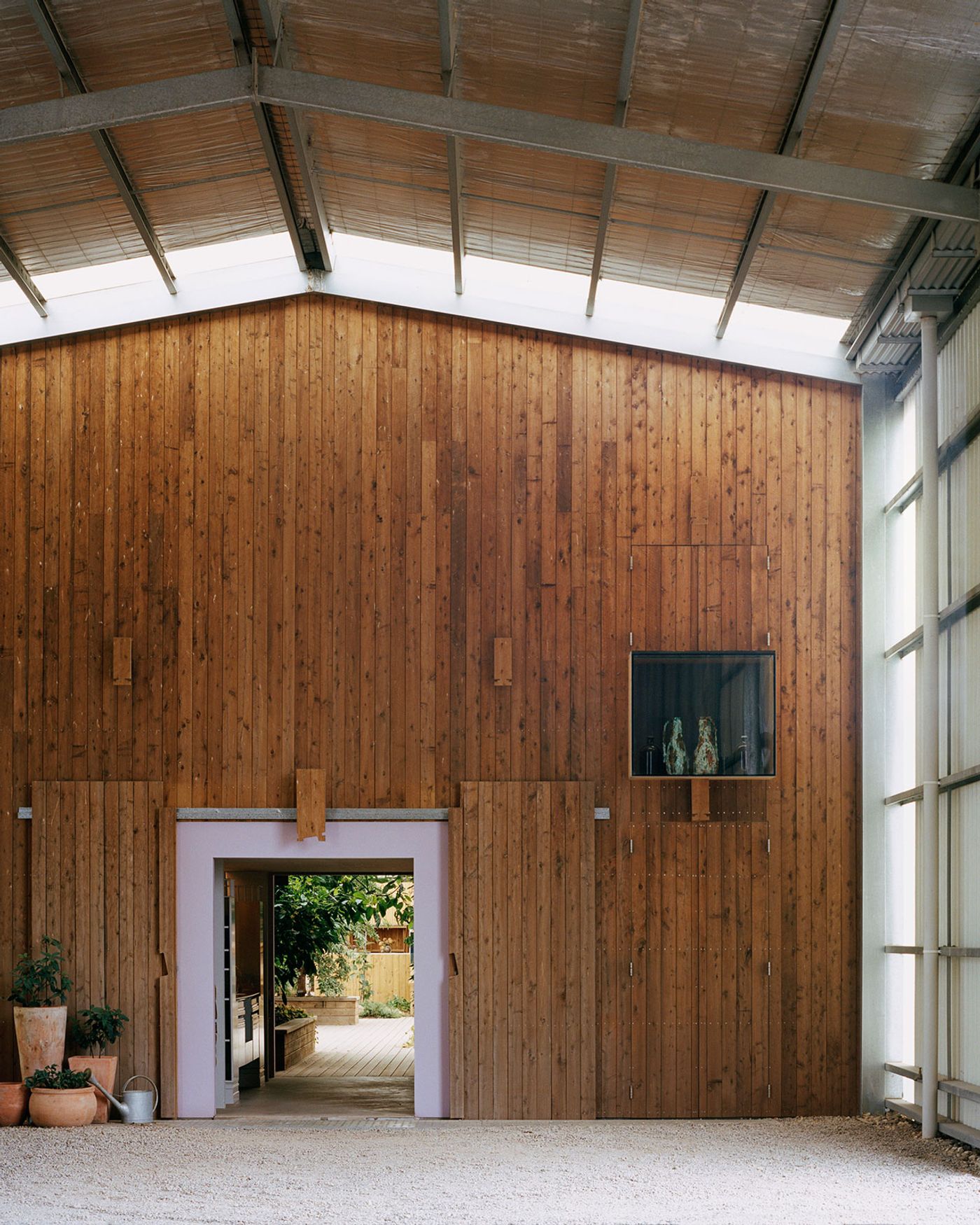
Photo by Rory Gardiner.
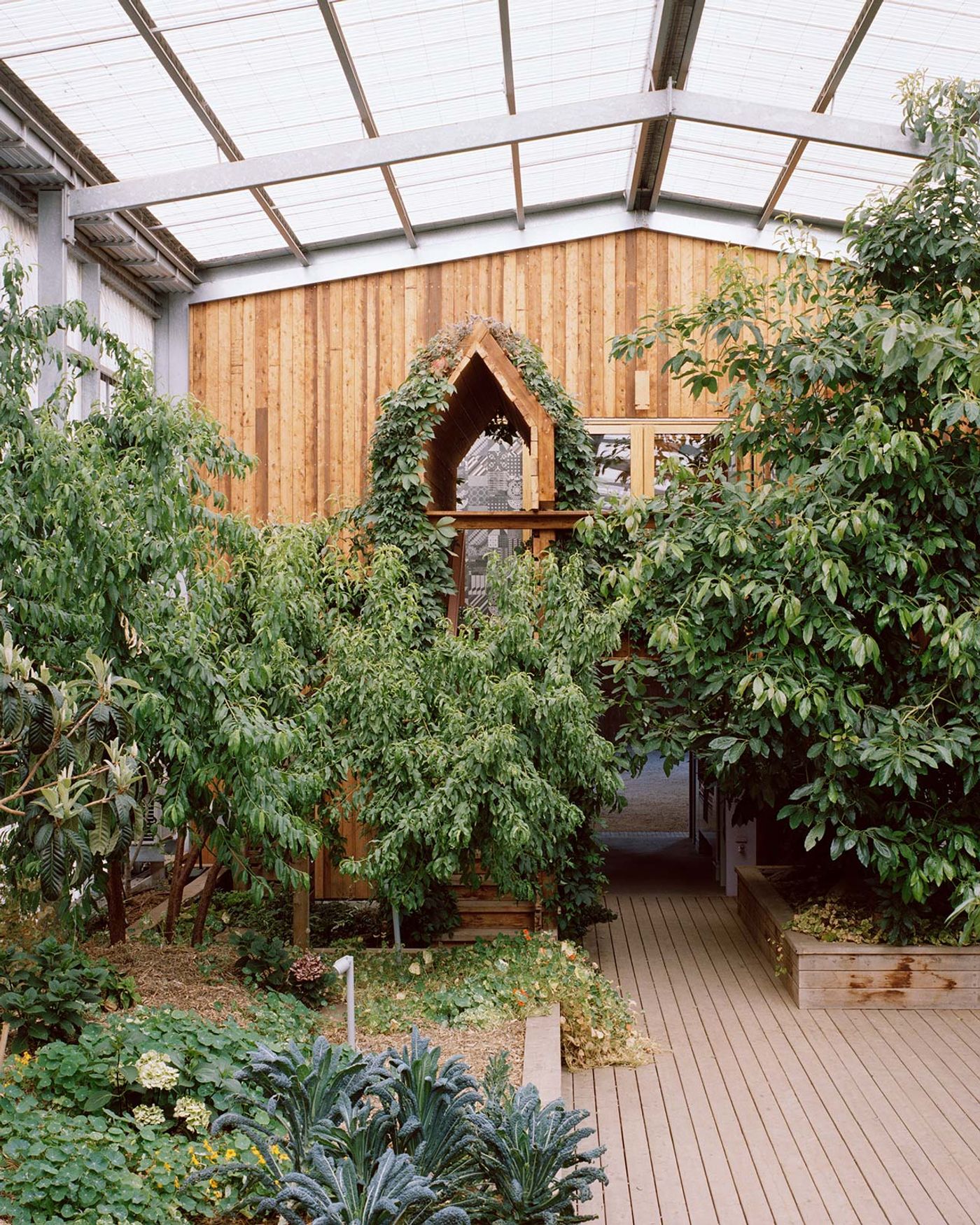
Photo by Rory Gardiner.
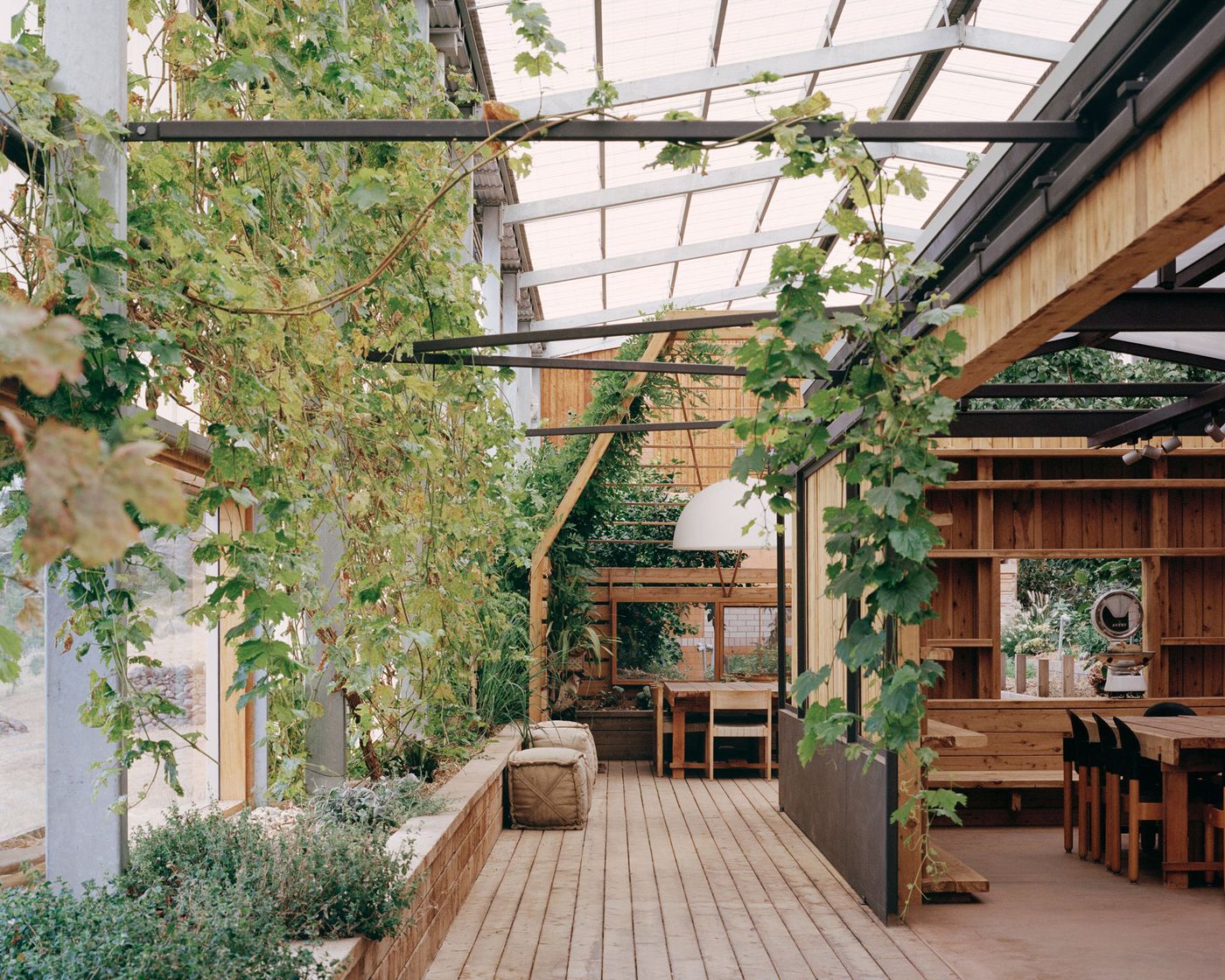
Photo by Rory Gardiner.
Conceived as a giant greenhouse, the industrial superstructure is wrapped in a translucent glass-reinforced polyester skin underneath which panels with different finishes and thermal characteristics have been carefully configured to optimise solar penetration and shading depending on the orientation of each façade and roof plane. Coupled with large openings and high fenestration for natural ventilation, the building’s multi-layered skin ensures stable internal temperatures all year round.
Economy and sustainability underpin the project. The Longhouse’s 1,050 square-metre roof harvests and collect every drop of precious rainwater for domestic and agricultural use as well as firefighting, the provision for solar panelling and battery storage sharply reduces the electricity input, while the passive house standards it was designed for significantly reduce heating and cooling loads.
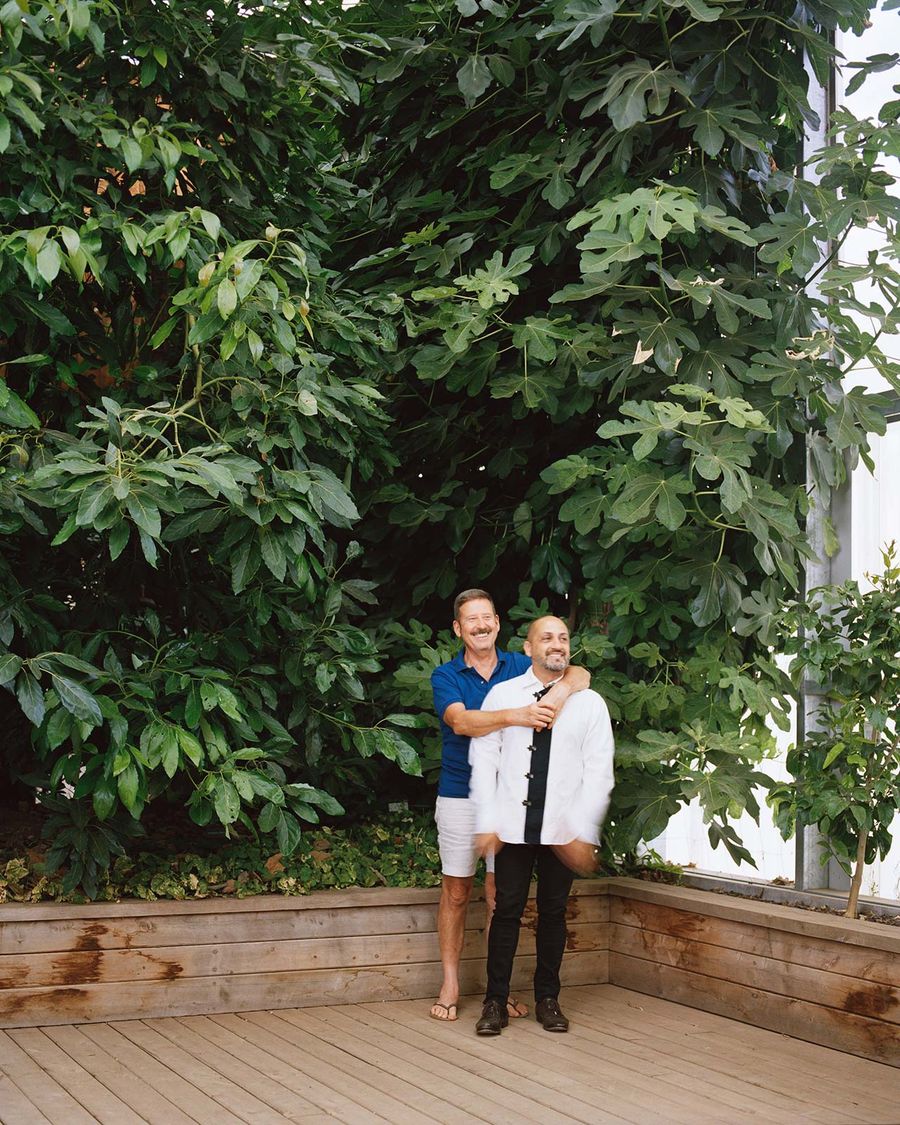
Ronnen Goren (right) and Trace Streeter. Photo by Rory Gardiner.
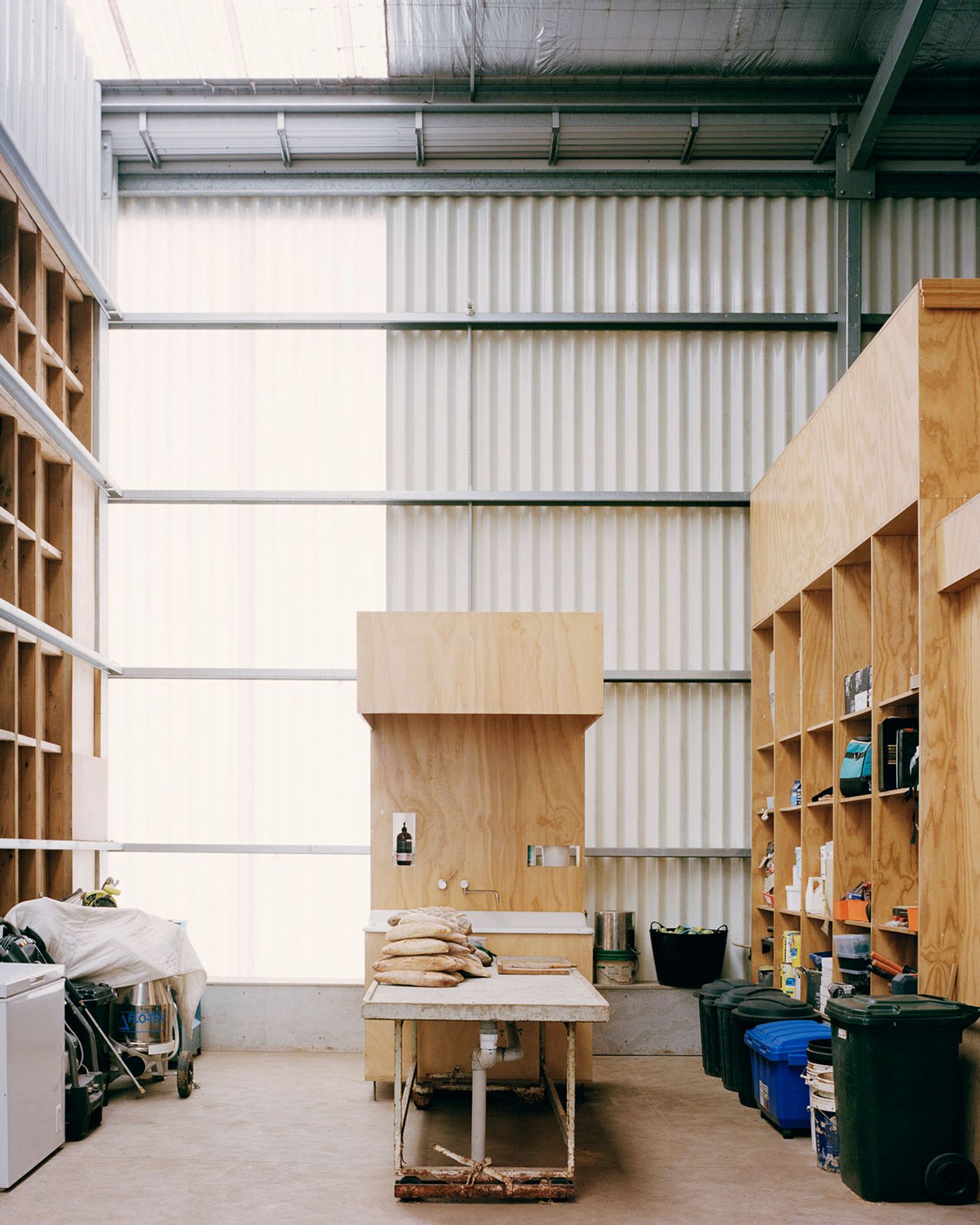
Photo by Rory Gardiner.
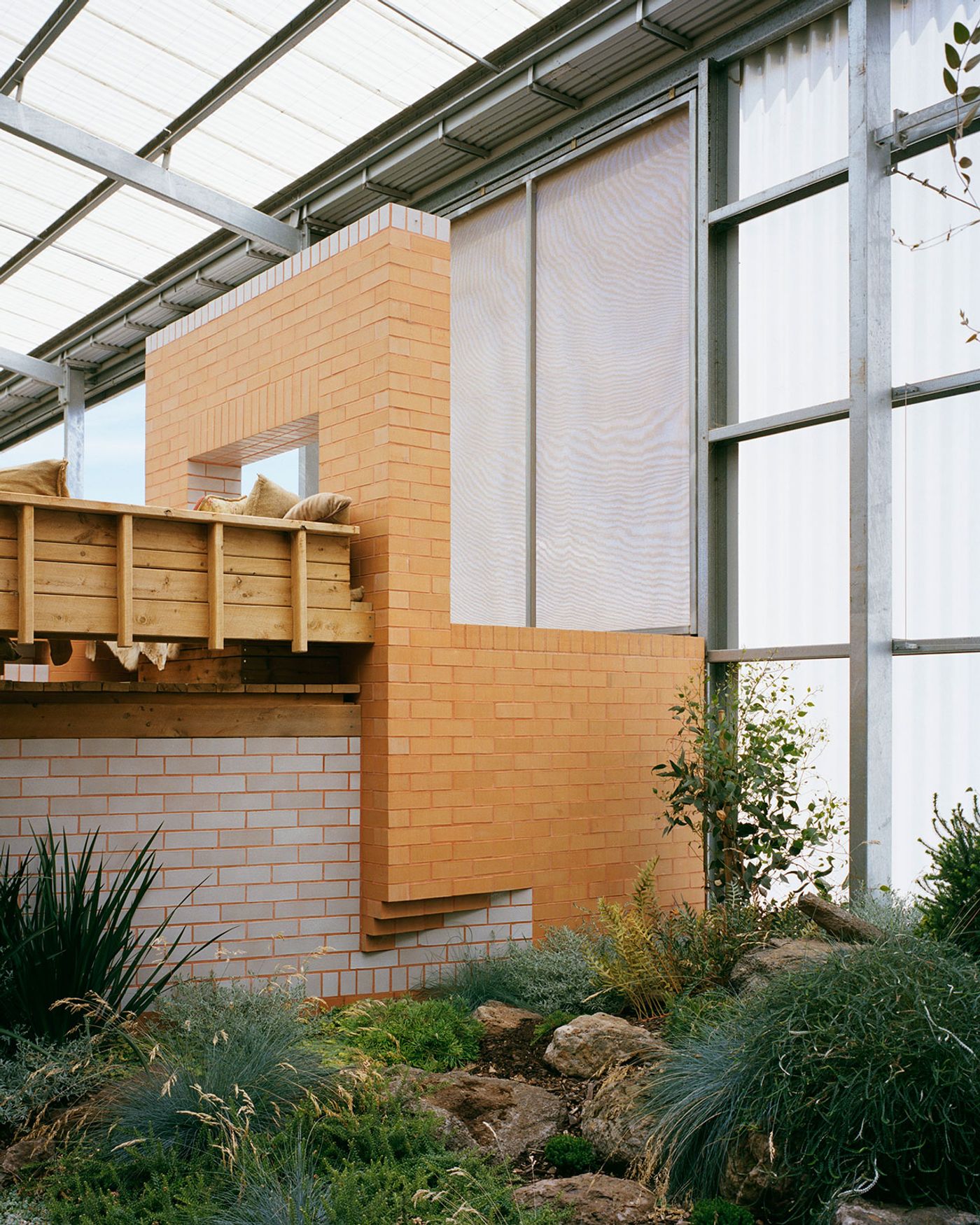
Photo by Rory Gardiner.
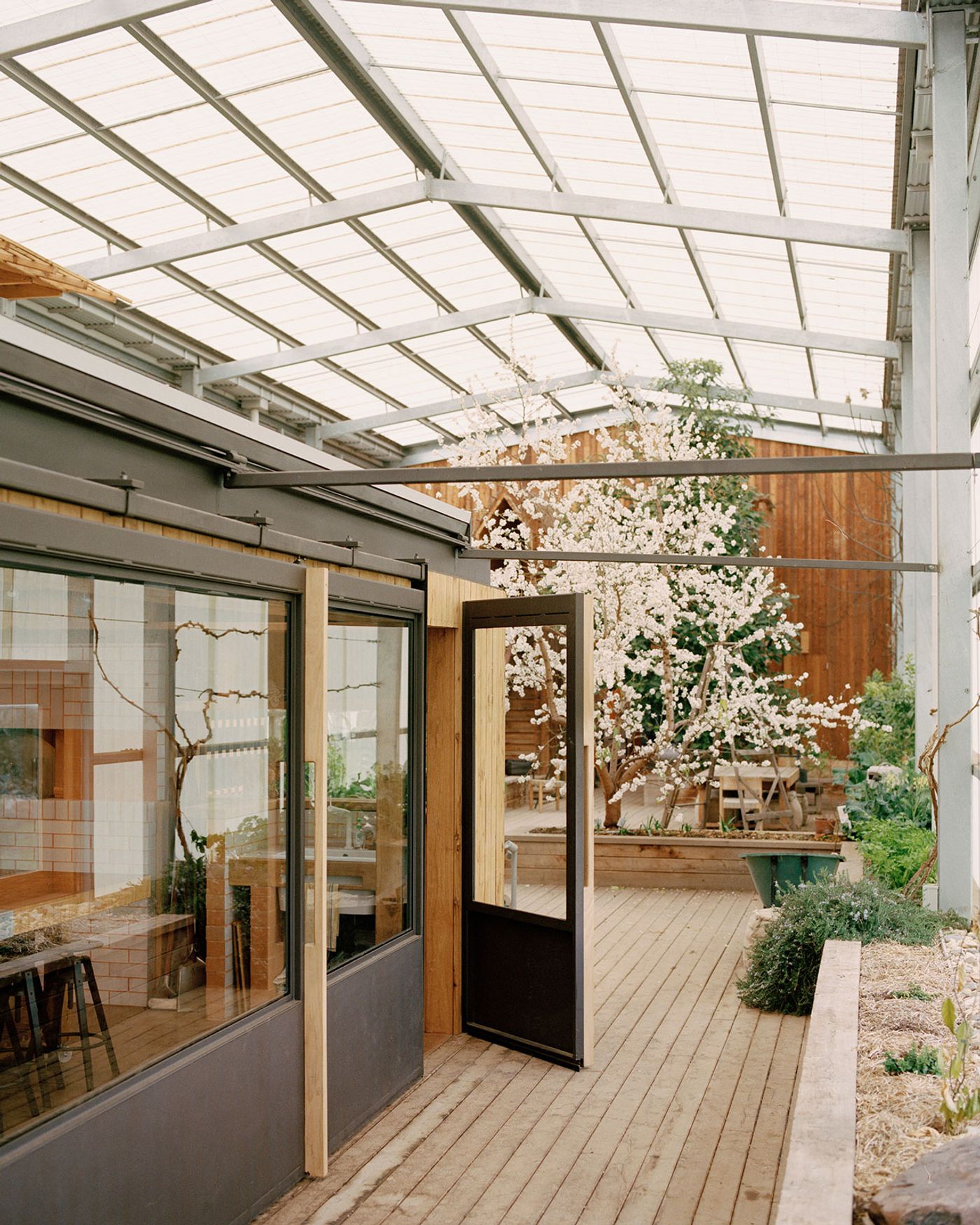
Photo by Rory Gardiner.
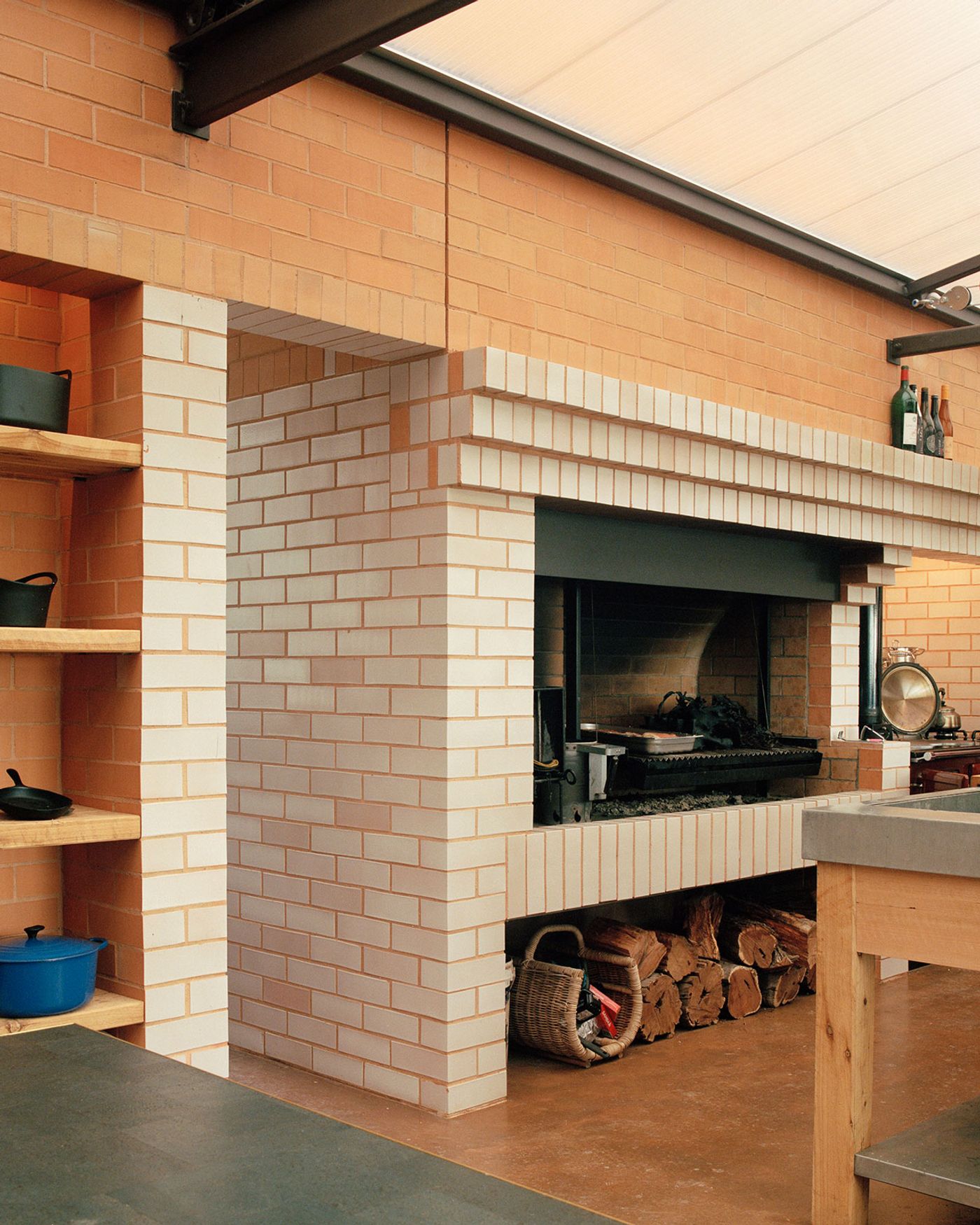
Photo by Rory Gardiner.
Australian Cypress Pine and clay bricks, slip glazed on two sides and laid with contrasting mortar to match the raw clay colour of the other sides dominate the interior landscape and along with the abundant vegetation create an ambience of vernacular refinement in sharp contrast to the interiors of the residence and guesthouse which have been inspired by Timothy and Ronnen’s shared interest in 19th and 20th century villas. Ceiling roses, claw foot baths and ornate skirtings evoke the manors of a bygone era, while the use of sky blue hues for “The Lodge” and blush tones for “The Stableman’s Quarters” imbue the living quarters with an uplifting sense of blue skies and long sunsets. After all, it’s qualities such as these that attracted Ronnen and Trace to this untamed piece of land in the first place.
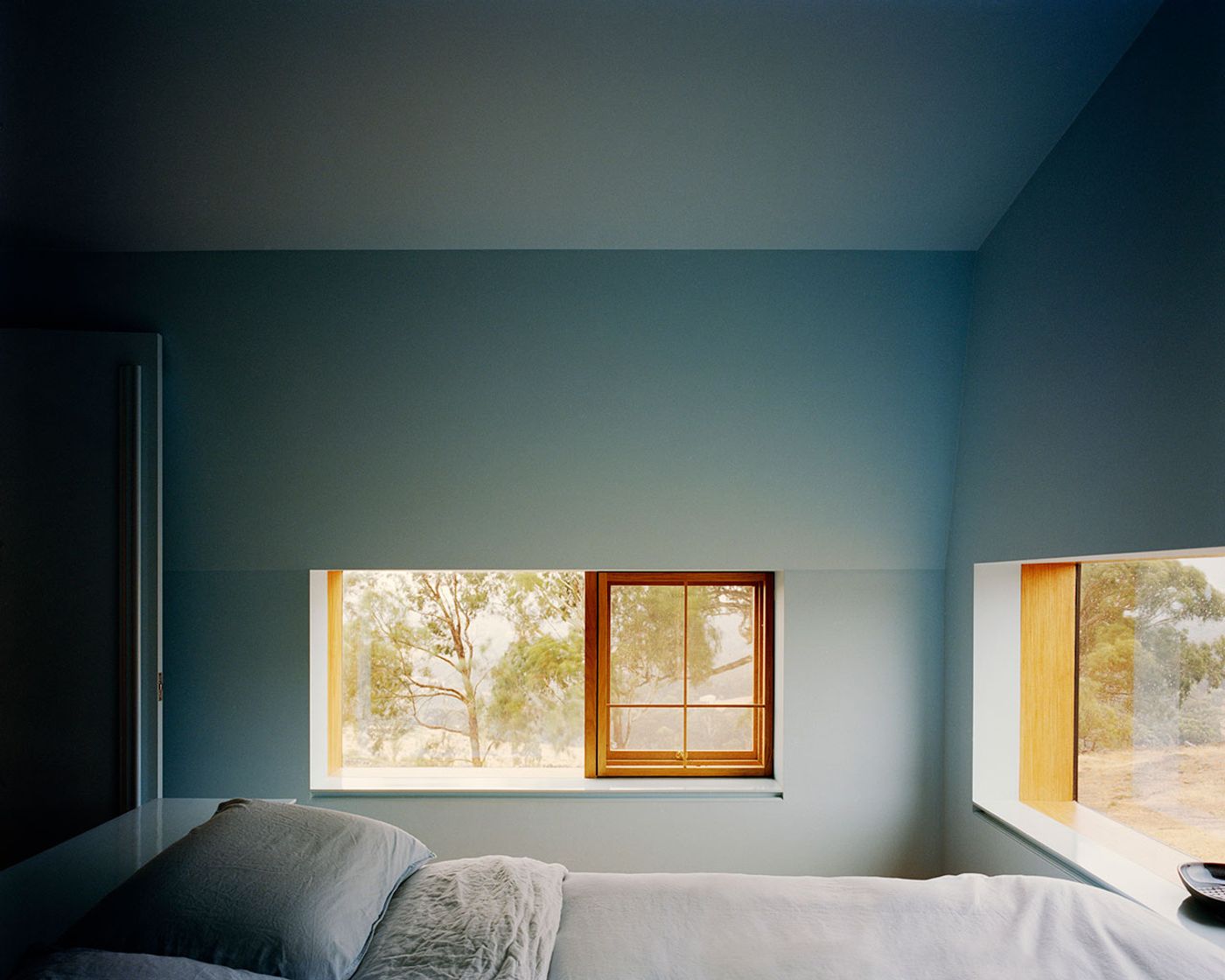
Photo by Rory Gardiner.
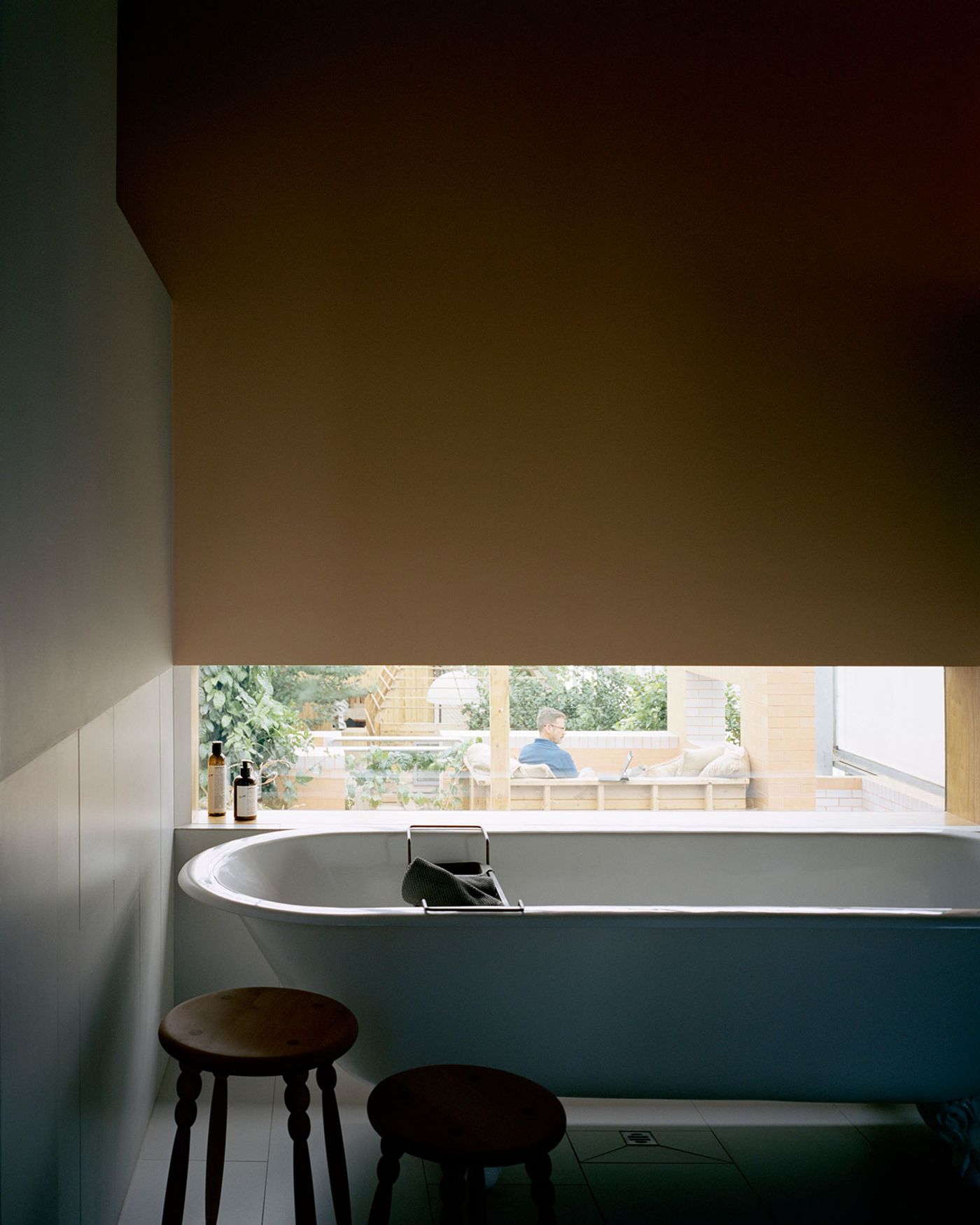
Photo by Rory Gardiner.
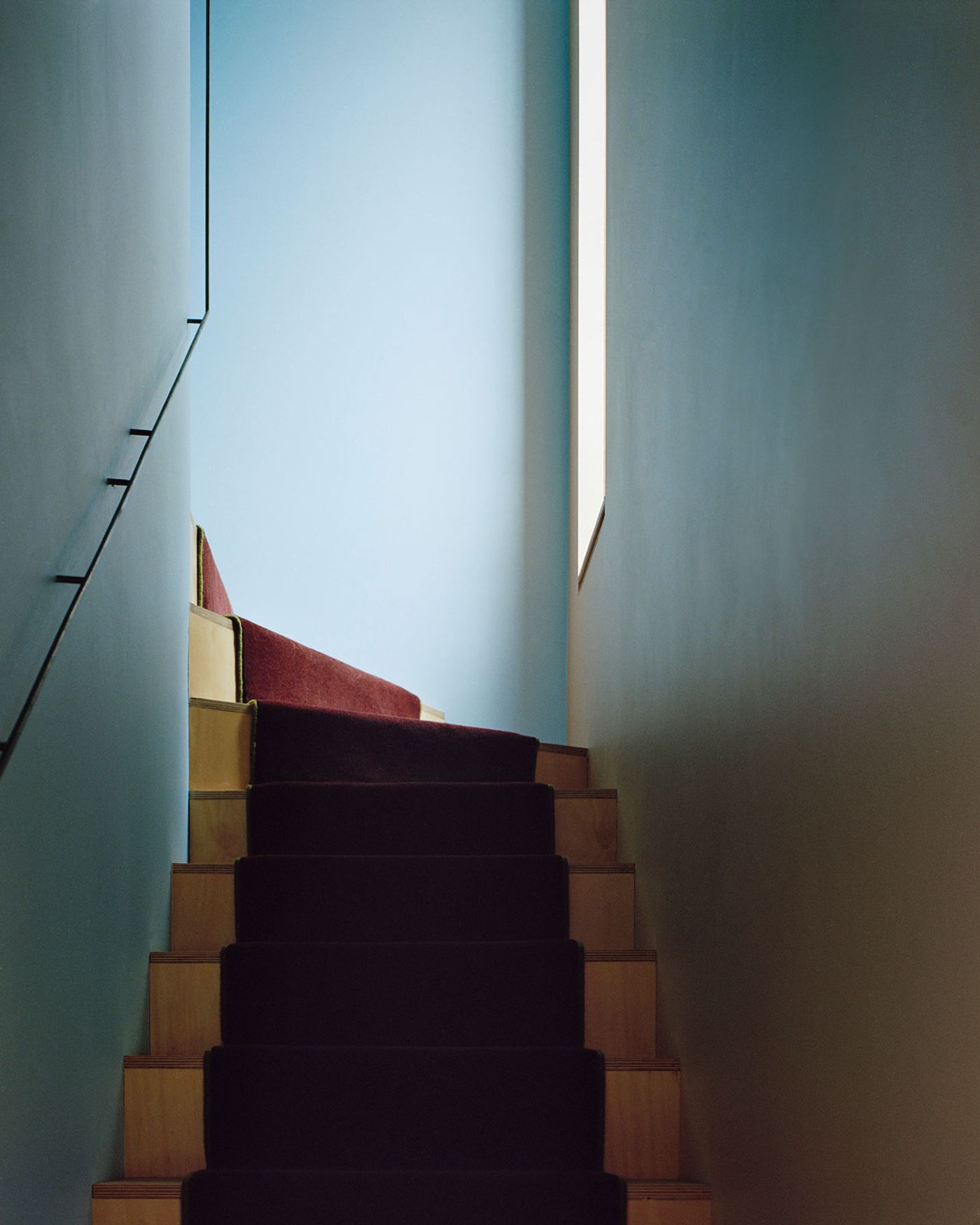
Photo by Rory Gardiner.
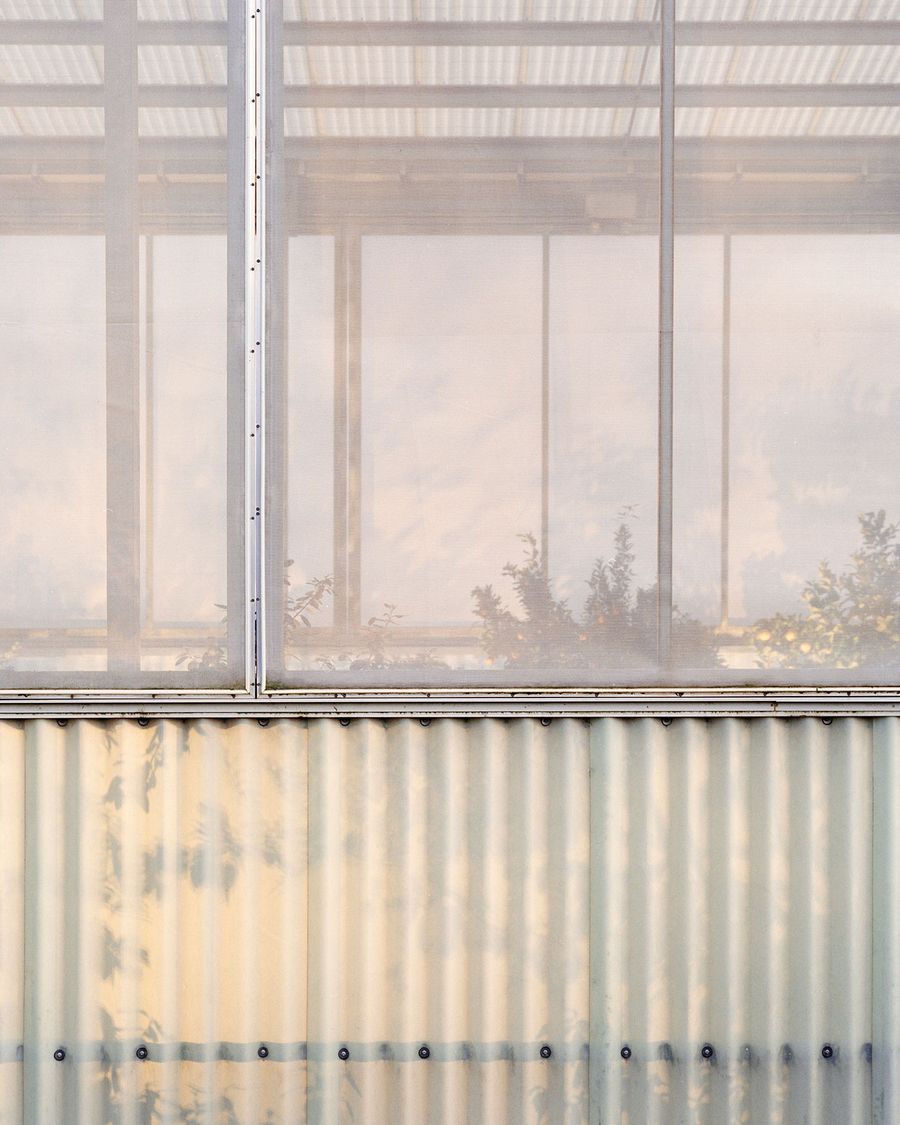
Photo by Rory Gardiner.
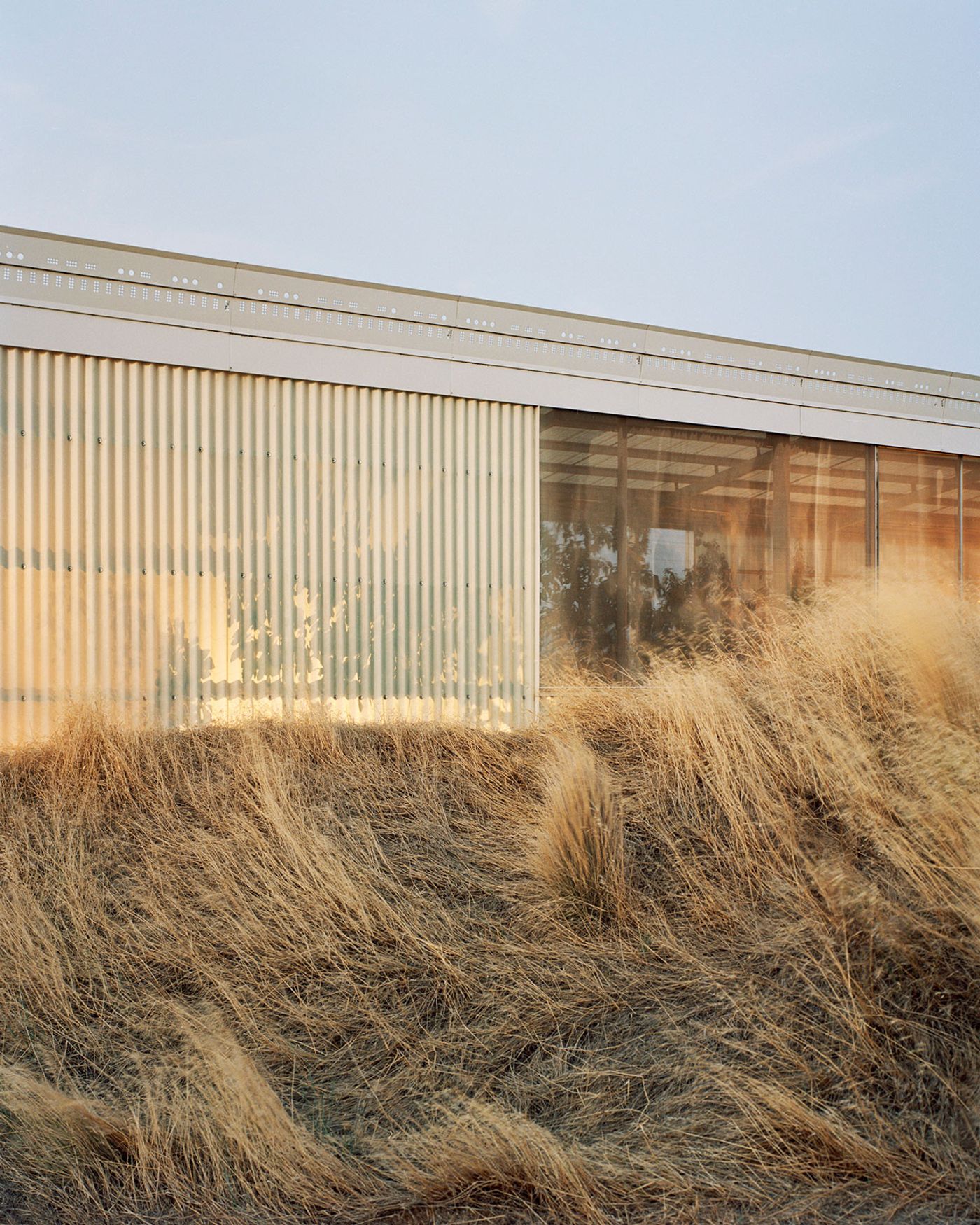
Photo by Rory Gardiner.
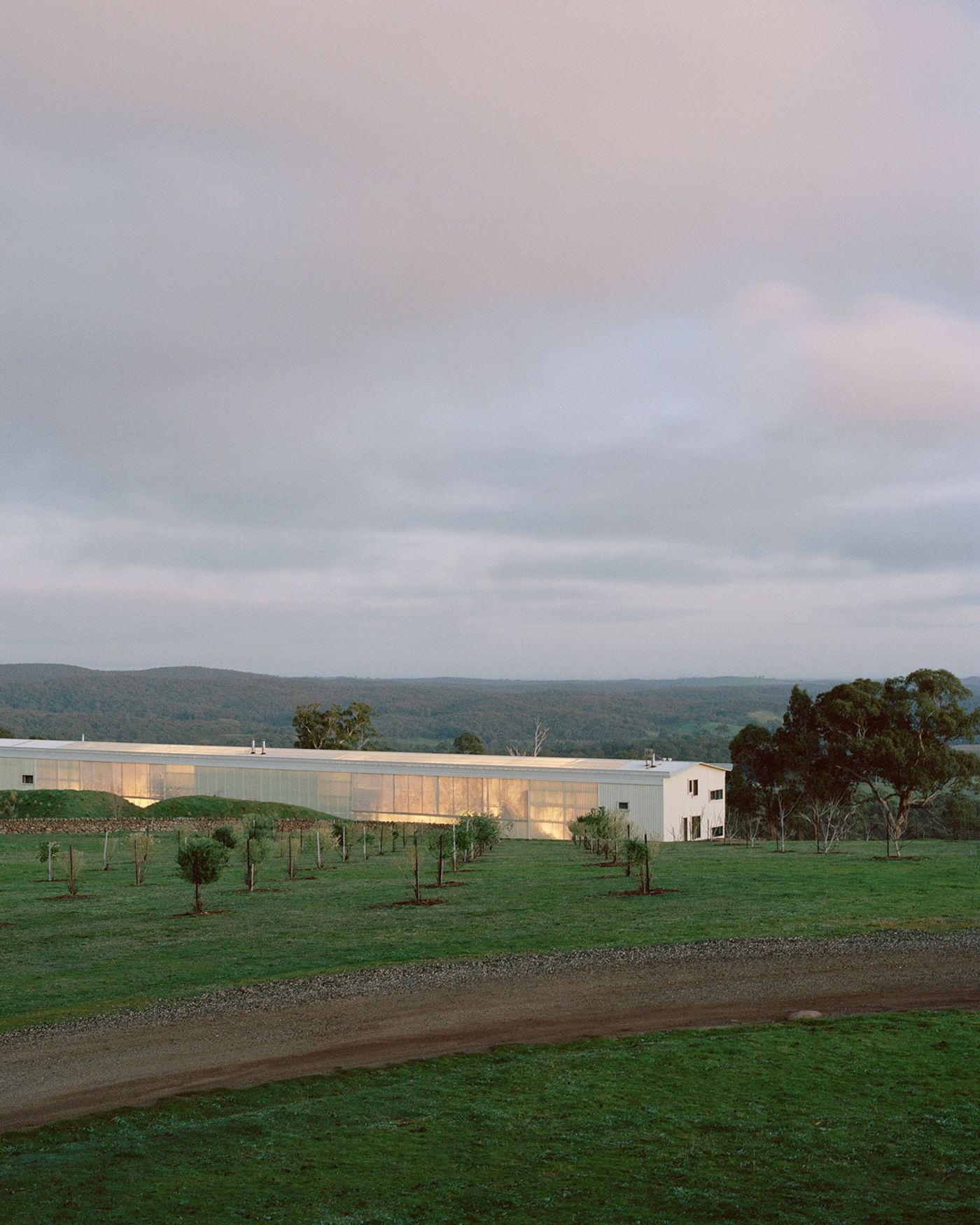
Photo by Rory Gardiner.